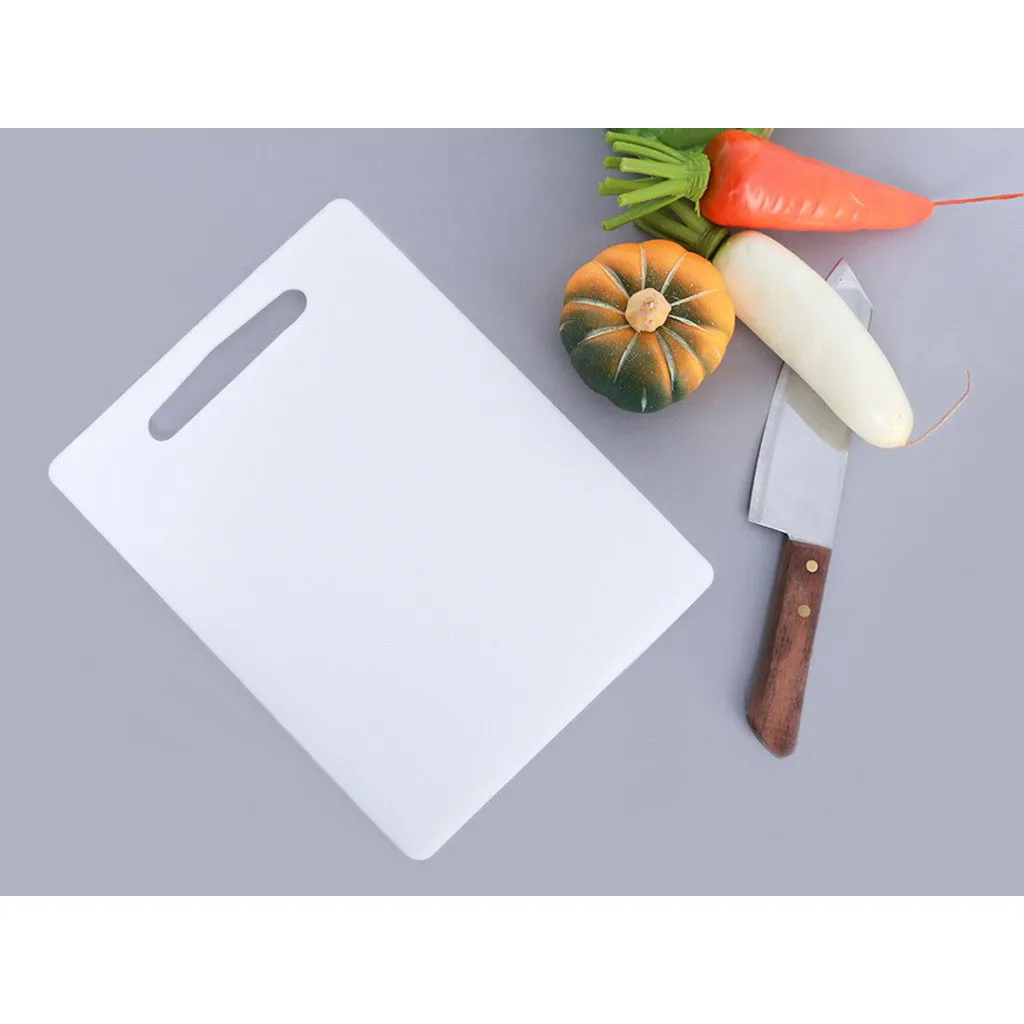Kitchen hygiene is often overlooked, especially when it comes to the type of cutting board used daily. Recent studies reveal a surprising reality: while some cutting boards remove dangerous bacteria, others silently allow them to grow and multiply. What's more, new antibacterial cutting board technologies can eliminate these microorganisms in seconds.

Plastic Cutting Boards: A Breeding Ground for Bacteria
Most people use plastic cutting boards because they are inexpensive, easy to clean, and seem hygienic. However, over time, knives make tiny, invisible cuts in the plastic. These microscopic grooves become perfect hiding places for bacteria—allowing them to survive even after washing.
Research indicates that plastic cutting boards can harbor harmful bacteria like Salmonella and E. coli, especially if the same board is used for raw meat and then for vegetables without proper disinfection. This creates a risk of cross-contamination, particularly troubling in homes with young children, elderly people, or anyone with a weakened immune system.
The Revolution: Antibacterial Cutting Boards with Nanoparticles
Fortunately, a new generation of cutting boards uses antibacterial technology. These boards are engineered with nanoparticles—often silver or copper—embedded in the material itself. These metals are scientifically proven to break down bacterial cell walls, dramatically reducing foodborne illness risks.
Unlike conventional boards, these high-tech versions maintain their antimicrobial properties even with frequent use and cleaning. Tests show boards using nano-silver technology can remove up to 99.9% of common bacteria within minutes of contamination. Investing in one isn't just about a cleaner kitchen—it's a step toward a safer, healthier home.
Tips for Safe and Hygienic Cutting Board Use
- Always use separate boards for raw meat, vegetables, and ready-to-eat foods.
- Replace cutting boards—plastic or wood—that are deeply grooved or heavily worn.
- Wash your cutting boards thoroughly with hot, soapy water after every use. Periodically, disinfect them by soaking in diluted bleach or using a dishwasher.
- For best food safety, consider upgrading to an antibacterial cutting board and follow manufacturer guidelines.
While keeping a spotless kitchen is important, switching to an antibacterial cutting board is one of the easiest and most effective changes for your family's health. In a world where invisible germs spread rapidly, every precaution matters.



